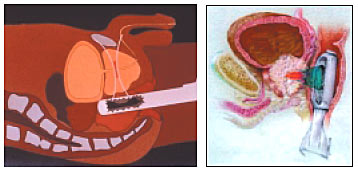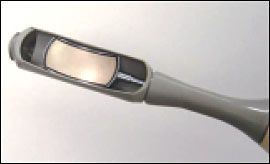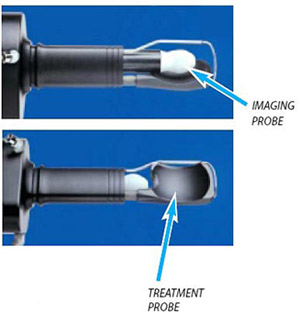During the course of its development, HIFU has been applied to a multitude of clinical problems. Its earliest application was in neurosurgery to treat patients with neurological disorders such as Parkinson’s disease. Other applications of interest include therapy for stopping hemorrhage from organs during surgery or due to physical trauma as well as ultrasound aided drug delivery to the brain. The idea here is to use HIFU to temporarily disrupt the blood-brain barrier, allowing drugs to flow into the brain. Most of the applications of HIFU that are currently being investigated are in cancer treatment of various types of tumors. These include tumors of the liver, prostate, bladder, kidney, pancreas, breast, pancreas, bone, breast, and brain as well as uterine fibroid tumors. HIFU can be used both as a primary and salvage treatment after radiation in cancer therapies. Additionally, catheter-based HIFU probes are also under investigation for cardiac ablation therapies for heart arrhythmias, similar in fashion to radio frequency and cryogenic ablation probes. Current innovations in clinical instrumentation, as outlined in the instrumentation section of this website, are focused on transrectal treatment of prostate cancer. HIFU treatment, while permitted in treatment of prostate cancer around the world, is in phase III clinical trials (Sonablate) in the United States. Initial data shows that while HIFU is effective in treatment of prostate cancer, it is still prone to the same complications as other ablation procedures, including incontinence and impotence. |


|

|
High intensity focused ultrasound is a very promising technology due to the fact that it is able to deliver a focused, therapeutic treatment to a specific region without damaging the surrounding tissue. The probes can be engineered for a long focal length, enabling completely non-invasive treatment. Current trends in instrumentation have incorporated both ultrasound imaging and HIFU treatment probes in the same device, enabling instant visualization and treatment of a lesion. This can serve as the basis for a first-responder type of instrument in which an EMT is able to quickly visualize internal hemorrhaging in a patient and instantly stop the bleeding. As HIFU becomes more popular, other future applications could include: -Ultrasound scalpel that would simultaneously incise and cauterize the skin, enabling faster healing |
Created by Austin Moy
BME 240: Intro to Clinical Medicine
Biomedical Engineering
University of California, Irvine
Last Updated:
June 11, 2008